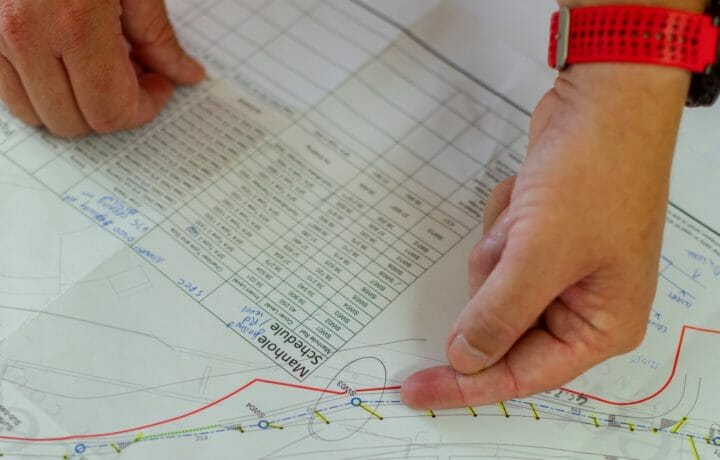Electronic warfare and electro-optics countermeasures has become one of the few areas of increased defense spending under President Obama’s 2013 budget request to Congress.
The Department of Defense requested $4.95 billion in 2013 for electro-optic and electronic warfare work, which is a 7.65 percent growth from the previous budget of $4.6 billion in this field, according to Military Aerospace. However, next year will see a sharp decrease to $5.67 billion, a 12.67 percent drop from 2011 spending.
Electronic warfare accounts for $3.44 billion, up 3.4 percent from current-year levels of $3.32 billion. An additional $1.52 billion is allocated for research, development, test and evaluation (RDT&E) purposes, which is 8.9 percent more than current-year levels of $1.27 billion, and 15.3 percent higher than 2011 levels of $1.31 billion.
By far the biggest electronic warfare program in the 2013 budget request is $1.06 billion to buy 12 U.S. Navy Boeing EA-18G Growler electronic warfare jets. The EA-18 would replace the Navy’s EA-6B Prowler and Air Force EF-111 Raven electronic warfare jets, and is designed to penetrate enemy air defenses, jam radar signals, and destroy radar transmitters with the Raytheon AGM-88 High-speed Anti-Radiation Missile (HARM).
Another expensive item on the 2013 budget list is a U.S. Army plan to make a $950.5 million contribution to support the Attack the Network project of the Joint IED Defeat Organization (JIEDDO). This program seeks to destroy complex networks of financiers, improvised explosive device (IED) makers, trainers, and their supporting infrastructure by providing intelligence surveillance, reconnaissance, information operations, counter-bomber targeting, biometrics and weapons technical intelligence capabilities.
By increasing spending in electronic warfare, the president hopes to curb terrorists and would-be assailants before they can strike. This is a form of preemptive warfare and wouldn’t rely to ground responses or waiting for the first strike.



